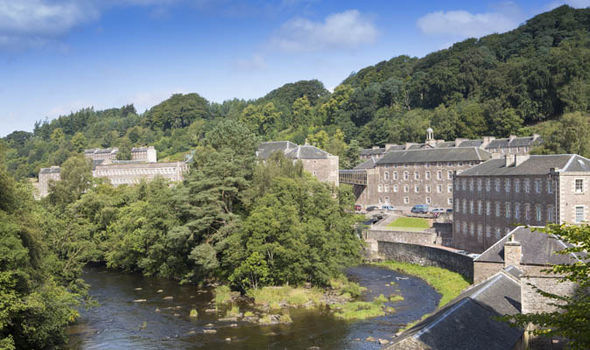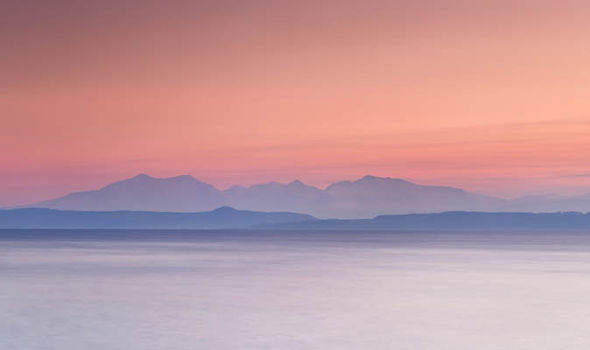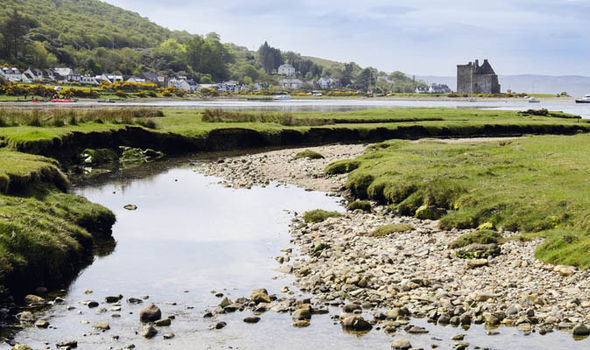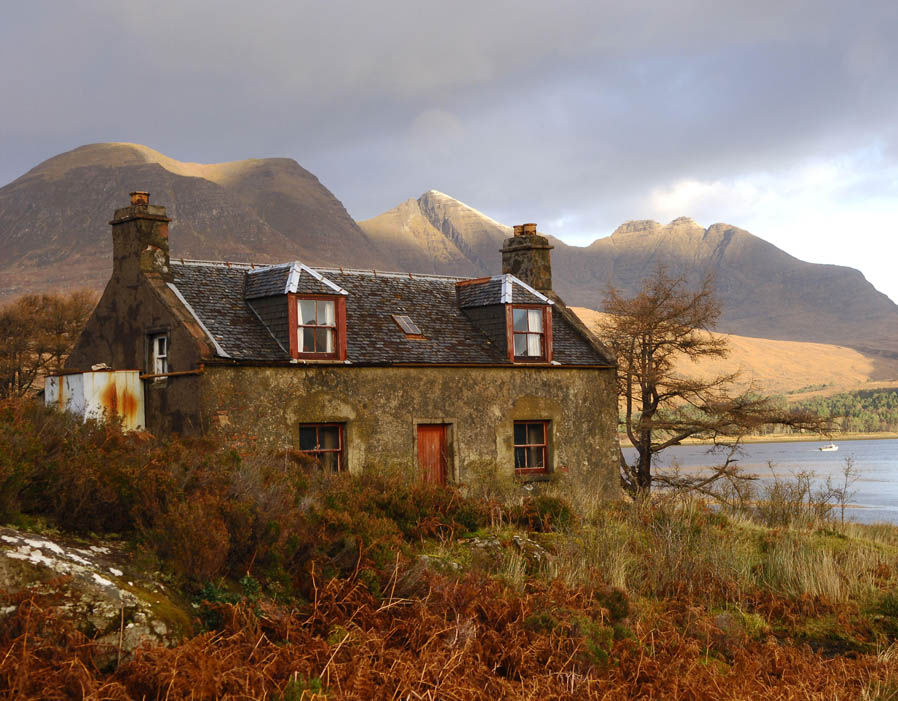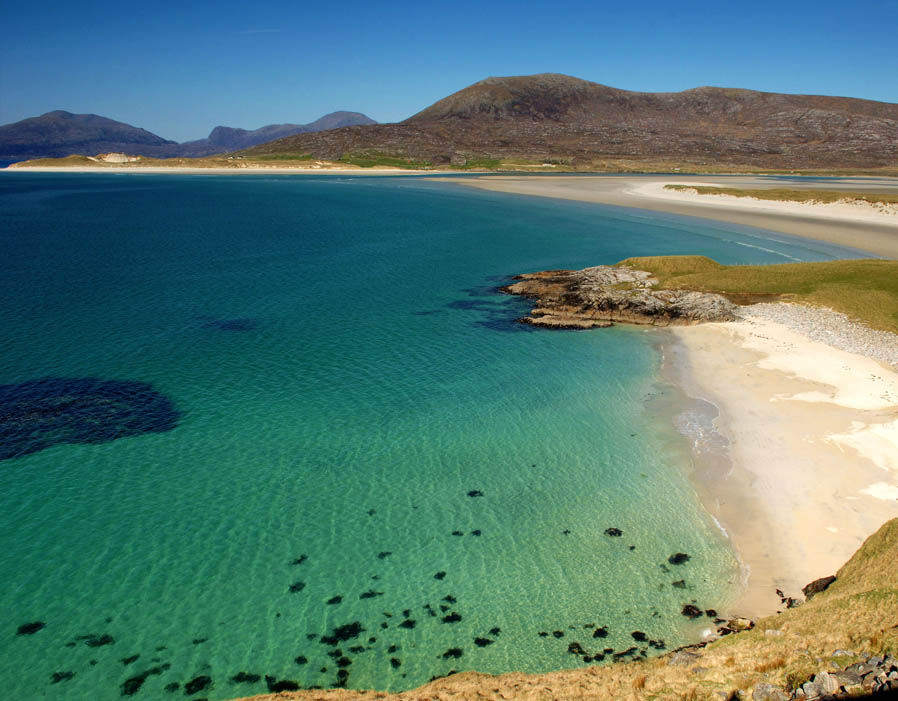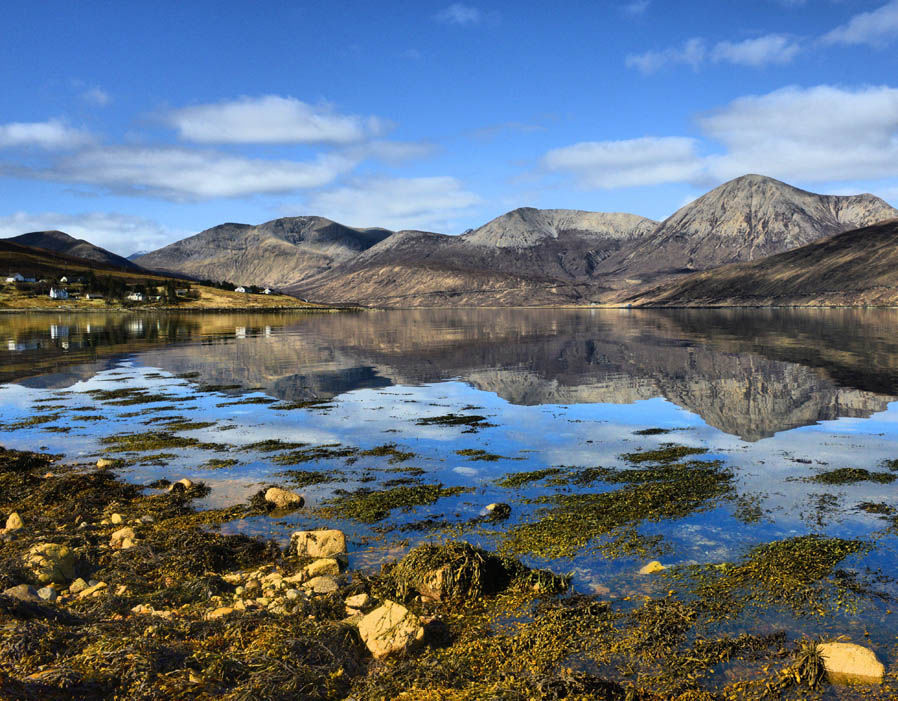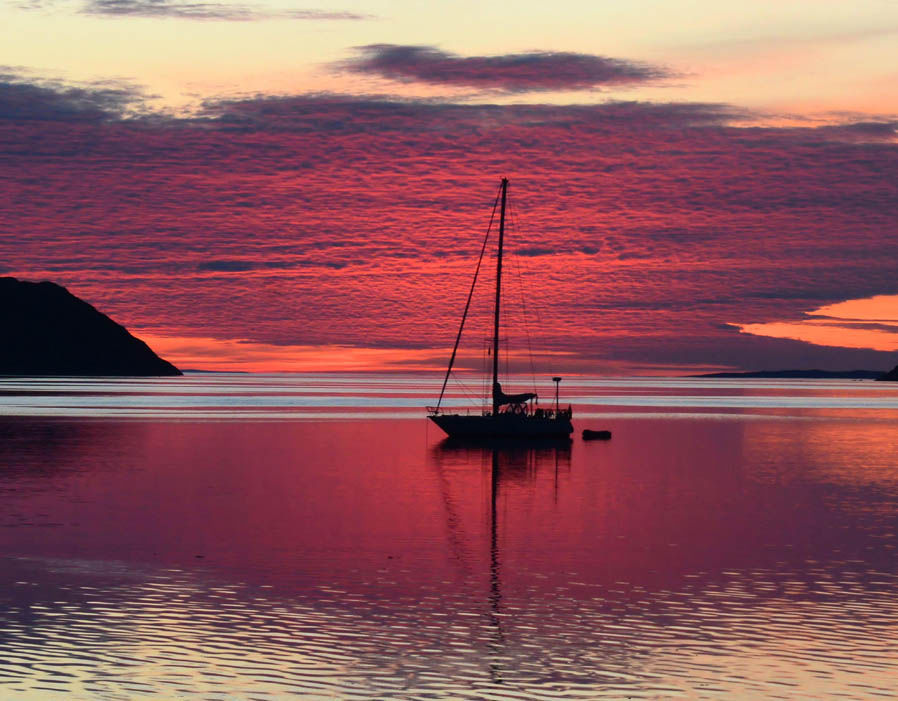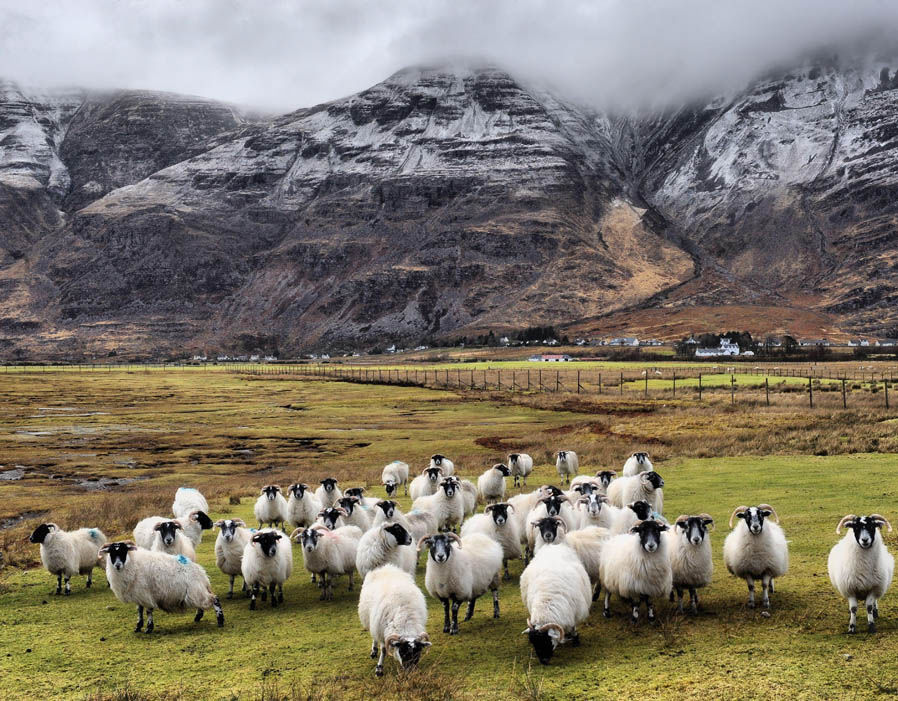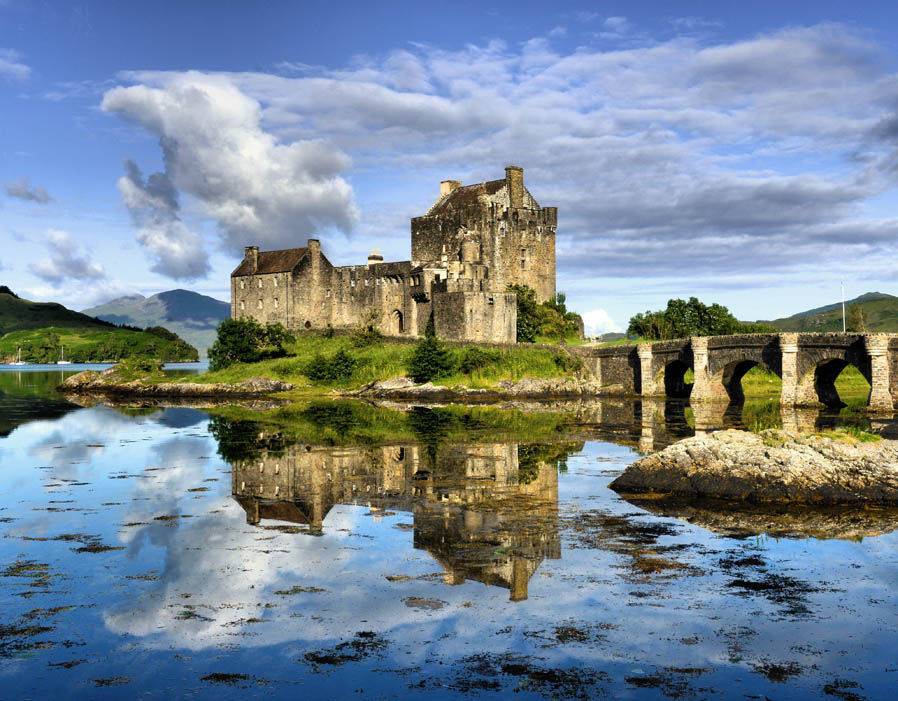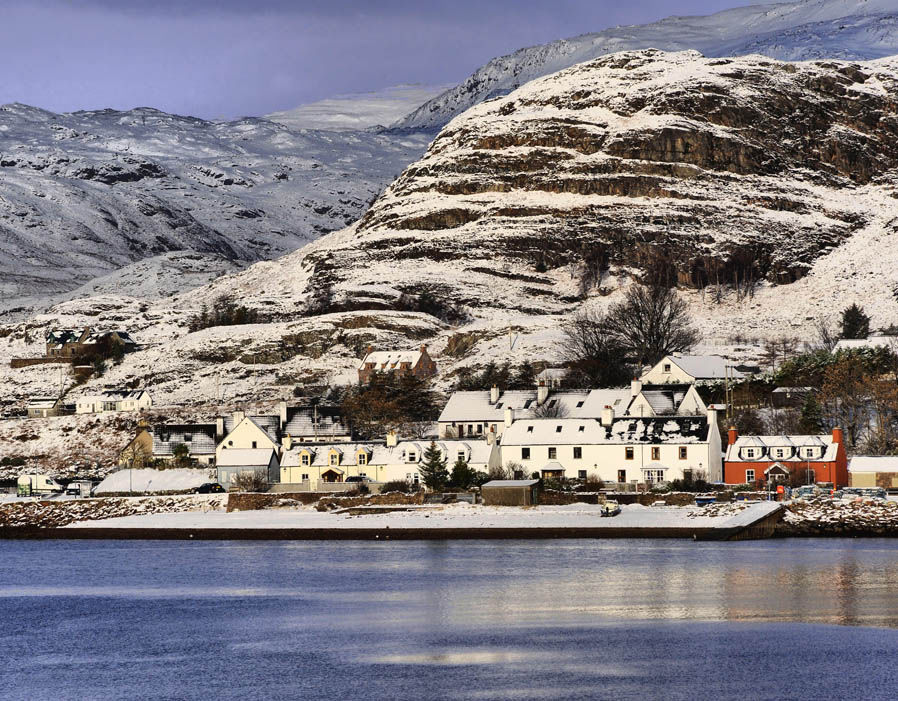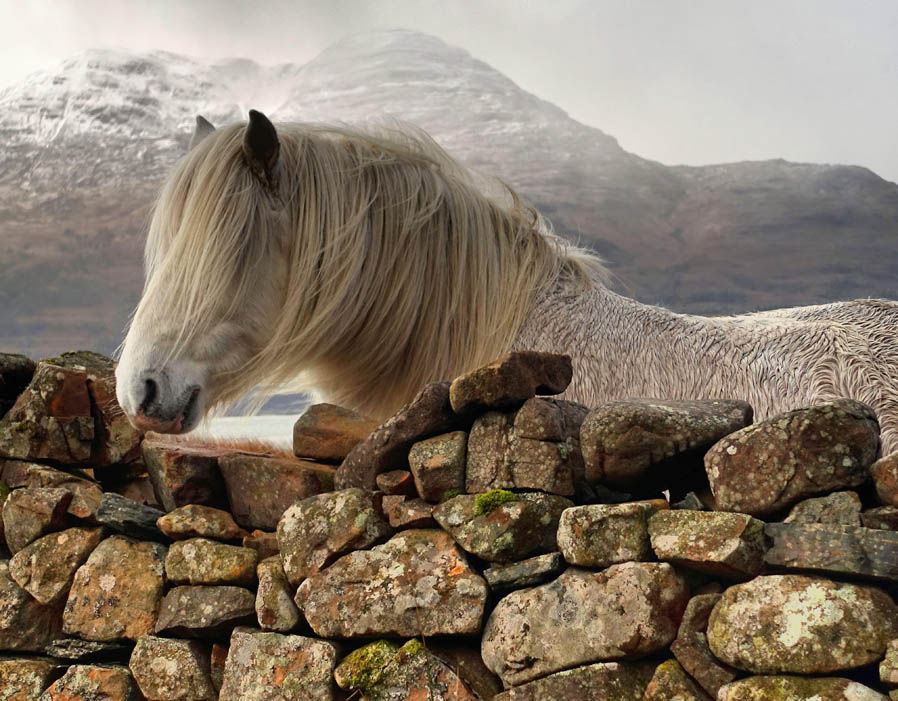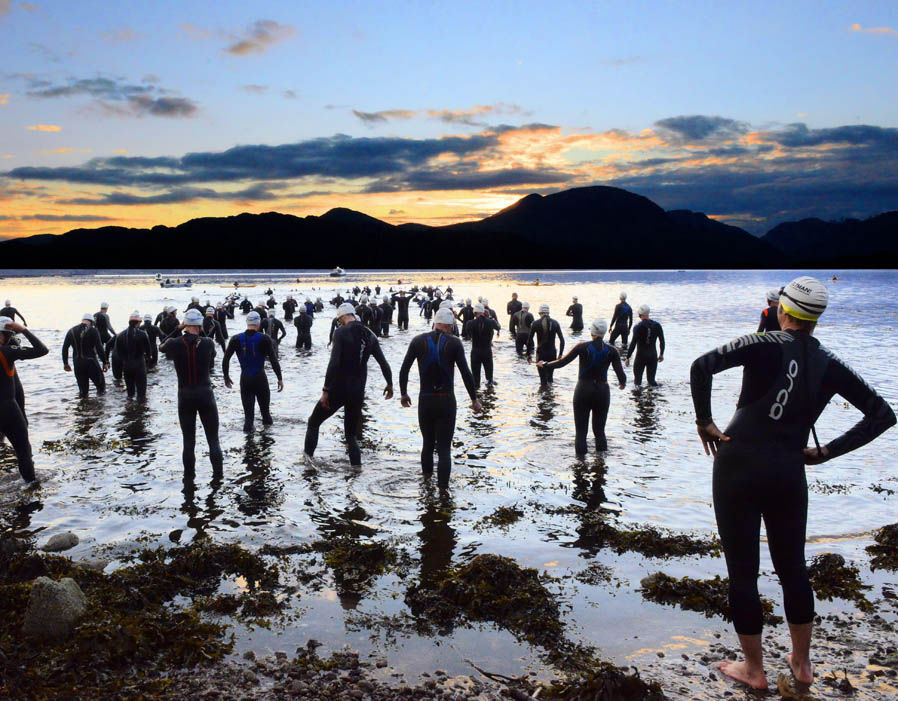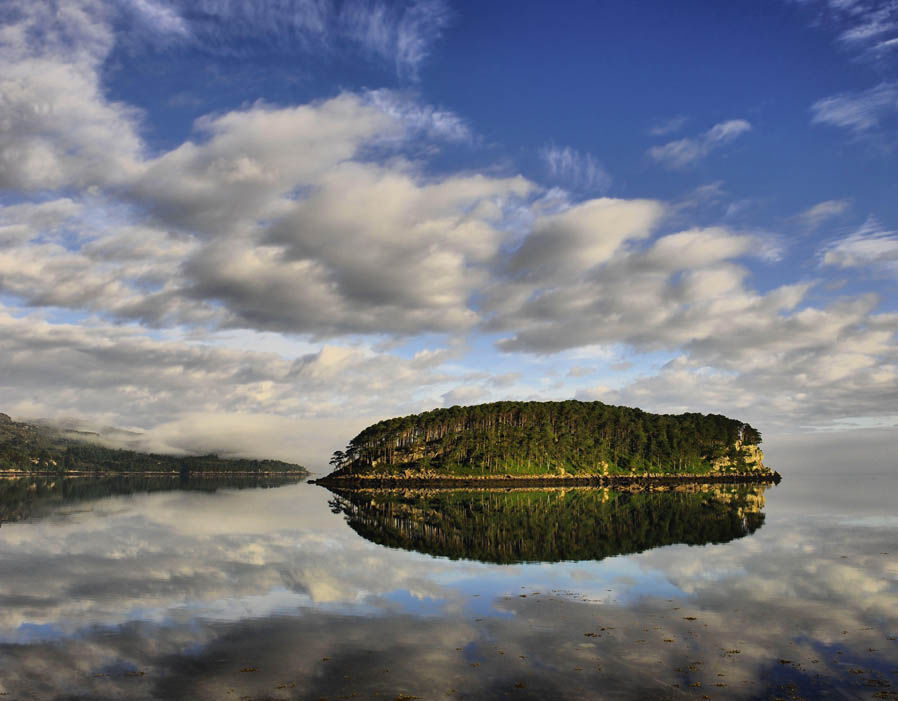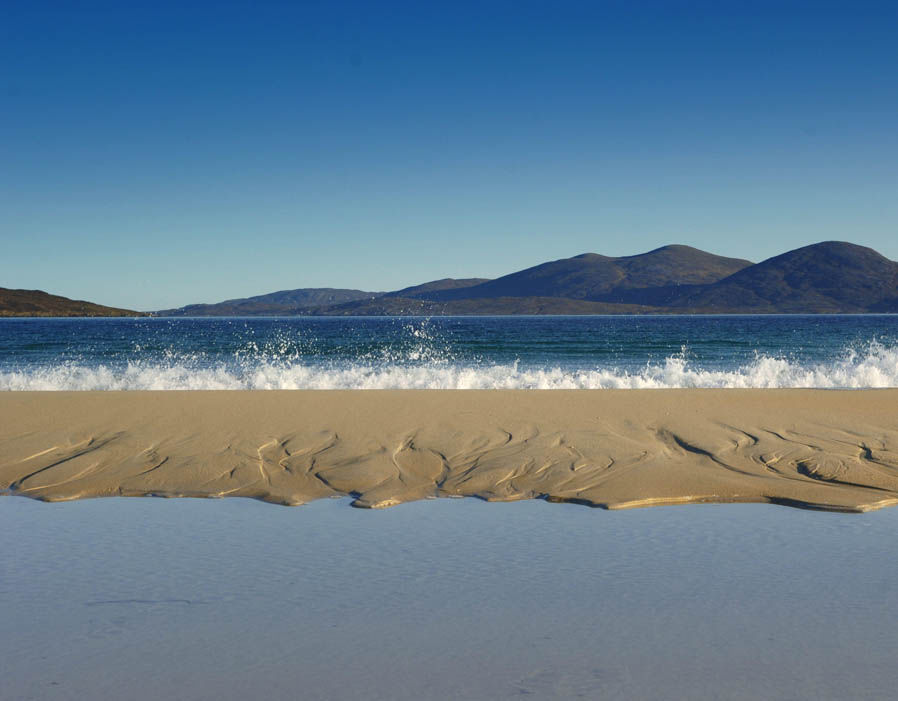Hop on a coach and explore the rich history of Scotland
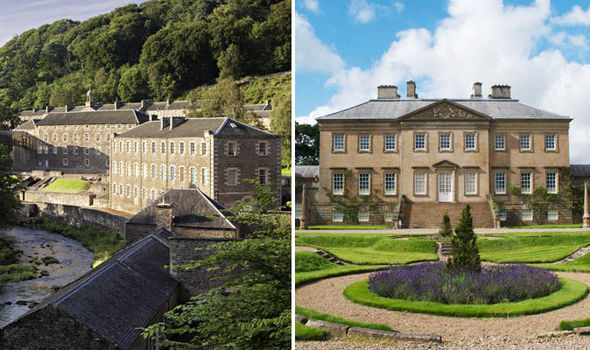
Break for the Borders on a coach trip and find a side to the country that is very different to the tourist trail.
ONE afternoon we’re in a stately home that once belonged to a very lucky boy. In 1848, when he was six months old, the Third Marquess of Bute inherited a fortune from his family’s coalmines, ironworks and docks. He grew up to be the richest man in the world.
The next afternoon, 30 miles down the road, we’re in a former cotton mill where 10-year-old Victorian children worked 13-hour days. Our trip to the Scottish Borders is not short of contrasts. The 10-year-olds were actually the lucky ones.
Many children started in the mills when they were five, as my wife and I discover at New Lanark, the World Heritage Site that is the highlight of our weekend coach tour. The Borders is unexplored territory for most tourists from the South, impatient to reach Edinburgh, Glasgow or the Highlands. And, as soon as we see, it, we realise there’s plenty to linger for.
We may be travelling mostly by coach, but we arrive by train, on the Borders Railway which was opened in September by the Queen on the day she became Britain’s longest-serving monarch. It’s an hour’s journey from Edinburgh to Tweedbank, near Galashiels, getting gradually more scenic as it goes on.
The next few days offer grander views. Rolling hills and forests punctuate a landscape suffused with brown and green, and from the high vantage point of a coach seat, we can see far more of it than we ever would from a car. We climb higher and higher up a narrow twisting road through the Lowther Hills; the heather stretches out and sheep watch us warily through a lingering afternoon mist.
Nearby are Scotland’s two highest villages, sturdy Wanlockhead and the equally sturdy Leadhills, both at around 1,500ft. “I think the last coach they’ll have seen up here would have had a horse at the front,” says our genial driver, Stewart Riddell.
We’re between stately homes. Behind us is the early 19th-century Bowhill House, home of the Duke and Duchess of Buccleuch and their world-famous art collection. Canalettos, Van Dycks and Gainsboroughs lurk around every corner, though many in our largely middle-aged group are just as intrigued by the “drone” lawnmowers zipping around the lawns like giant beetles.
Ahead is 18th-century Dumfries House, whose restoration has been spearheaded by the Prince of Wales. One of the family homes of the Marquesses of Bute – of “world’s richest man” fame – it redefines sumptuousness, housing 50 of the world’s 600 authenticated pieces of Chippendale furniture, including a bookcase worth £20million
But it’s the house’s offbeat details that are often the most arresting. A 300-year-old orrery, a mechanical model of the solar system, doesn’t include Neptune or Pluto: they hadn’t been discovered. Nor had Australia, missing from the model Earth. I
n a corridor, a servants’ bell board lists the rooms to which the owners could summon staff: Lady Bute’s Bathroom, the Nursery Bathroom, Tapestry Bedroom No 2.
There is more than a hint of Downton here. We then visit a third grand house, Brodick Castle on the Isle of Arran. Everything here has ancestral grandeur, even the bathrooms, with one shower that could easily be mistaken for a sentry box. Guides wait in every room, eager to pummel us politely with a bit of history.
The walls of the entrance hall are covered by a disconcerting forest of 87 stags’ heads (it’s no place for stag parties), but happily there is plenty of still-living wildlife in the wooded grounds. Red squirrels scurry up the trees and around a dark, eccentric Bavarian-style summer house, its interior walls lined with pine cones.
The hour-long morning ferry journey to Arran from the Scottish mainland is stirring. The island is shrouded in cloud and other boats loom out of the mist and fade back into it like ghosts. Arran is often, and rightly, described as “Scotland in miniature”.
It has soaring peaks, moorland, forests, everything newcomers expect of Scotland, even down to six pairs of golden eagles (although none were in evidence while we’re there).
It is a sampler of Scotland, lacking the wild Celtic remoteness of the Hebrides just up the coast, but manages to be an accessible, liveable island. Last up is the best part of the tour. New Lanark is a fascinating late 18th-century stone-built model village in a gorge on a curve in the River Clyde (looking nothing like the broad shipbuilding river it becomes nearer Glasgow).
Built around four stern cotton mills, the village took an enlightened approach to work and welfare thanks to the management of Robert Owen, a visionary, patriarchal pioneer of many ideas later championed by the Welfare State, including free health care. It had the world’s first creche and evening classes for the mill workers.
“Owen thought that people’s character could be changed through education,” says guide Christine Bonner outside the Orwellian-sounding Institute for the Formation of Character. He believed that five year olds shouldn’t be working, scrambling under clattering looms to pick up stray bits of wool. He had them educated until they were 10.
The fact that they then went into the mills anyway may spoil this Utopian story a bit, but the good intentions were there. “The workers said it was heaven on earth compared to other industrial towns,” says Bonner. Turner painted it and tourists came in their thousands from across Europe. Over the years, it became a sort of alternative stately home.
Without forests of stags’ heads and £20million Chippendale bookcases.
Getting there: Grand UK (01603 619933/ grandukholidays.com) offers six nights touring Edinburgh, The Borders, Dumfries House and Loch Lomond from £449pp (two sharing), half-board. Scotland tourism: visitscotland. com.
Политика конфиденциальности | Правила пользования сайтом
